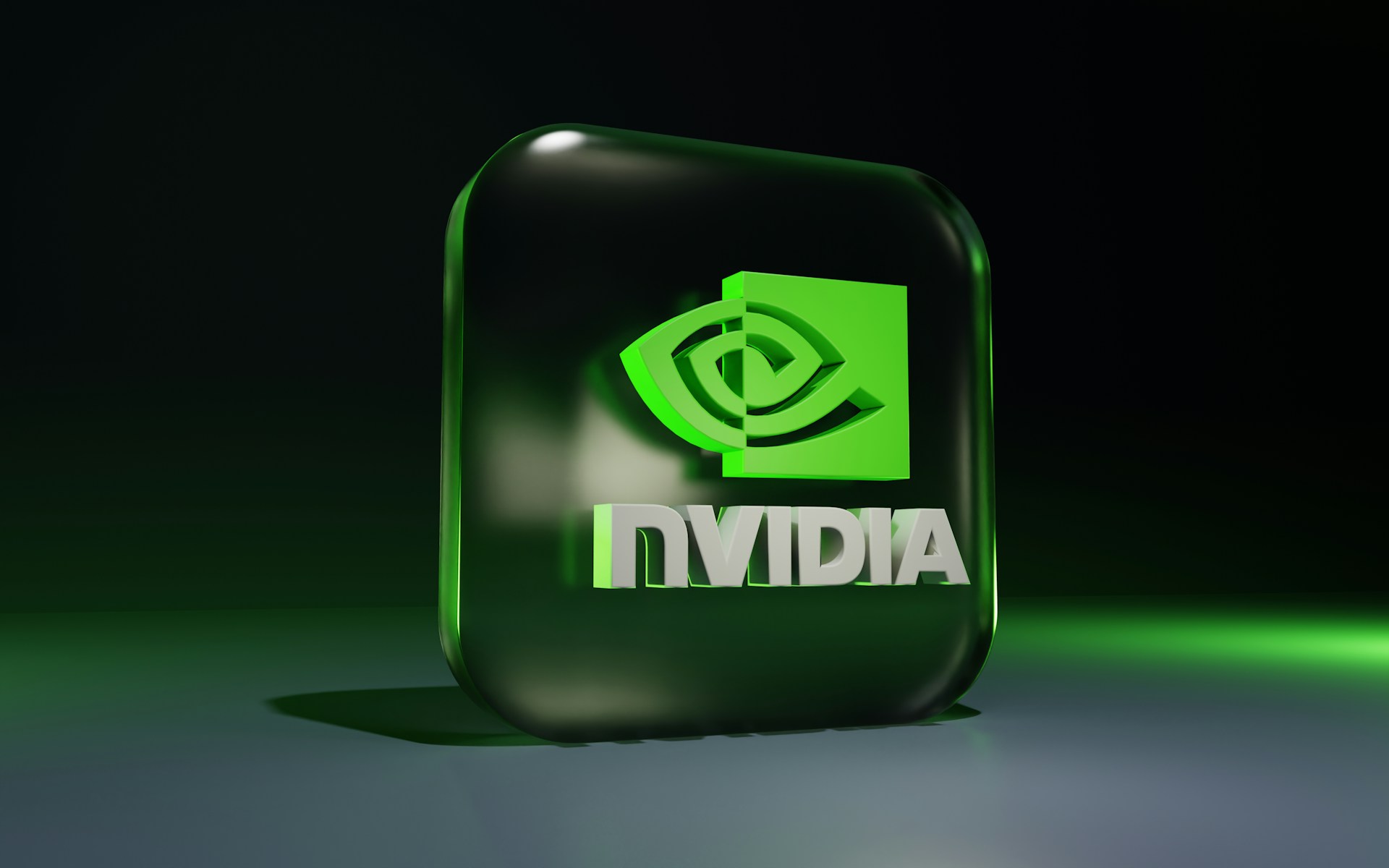NVIDIA has experienced significant growth recently, largely driven by its artificial intelligence solutions and substantial GPU sales. The company has seen booming sales in GPUs designed specifically for AI applications, relegating the gaming sector to a secondary priority. Amid this success, NVIDIA faced severe criticism as its RTX 4090 and RTX 5090 graphics cards reportedly burned out due to issues with their power connectors, specifically the 12VHPWR and 12V-2×6 connectors.
Following widespread complaints and criticism about the faulty connectors and burnt GPUs, NVIDIA issued an official response. However, the company’s statement has sparked further controversy by shifting the blame toward users, third-party cable makers, and Add-in Board (AIB) partners.
Prices for high-end graphics cards have surged dramatically in recent years. Historically, the top-tier GPUs (excluding specialized TITAN or dual GPU models) were priced below €1,000. This pricing trend changed notably with the RTX 30 series, where the COVID-19 pandemic and crypto-mining frenzy were primary drivers of increased costs. However, these market dynamics were absent during the RTX 40 series launch, yet these GPUs debuted at significantly higher prices. The RTX 4090, priced around €2,000, notably suffered from overheating and burning issues. Similarly, the recently introduced RTX 5090 cards are facing the same fate despite featuring an updated connector design.
NVIDIA initially experimented with the problematic 12VHPWR connector on the RTX 3090 Ti, prior to the RTX 4090 release. The RTX 3090 Ti consumed approximately 450W, comparable to the RTX 4090. Nevertheless, the RTX 4090 faced distinct issues due to design changes. In the RTX 30 series GPUs, power loads were distributed across multiple lines. However, in the RTX 40 and RTX 50 series, NVIDIA switched to a single-line design, concentrating power consumption of between 450W and 575W in one area. This resulted in significantly increased heat, causing connectors and GPUs to burn.
Ahead of the RTX 50 series launch, NVIDIA publicly assured users that issues with the new 12V-2×6 connector had been resolved. Unfortunately, practical experience contradicted these assurances, as RTX 5090 cards continued exhibiting similar problems. A recent video by der8auer highlighted NVIDIA’s official statements, which only deepened the controversy. NVIDIA attributed launch issues, availability shortages, and overwhelming demand as factors beyond its control.
Additionally, NVIDIA’s representative commented on performance aspects, notably dismissing native GPU performance benchmarks. Instead, the emphasis was placed heavily on Deep Learning Super Sampling (DLSS) technology, declaring it the present and future of GPU performance.
Regarding the ongoing connector issues, NVIDIA claimed the problem stemmed primarily from user error. The company advised that fully inserting and securely connecting the cable would prevent GPUs from burning. This recommendation effectively shifted responsibility onto end users, suggesting that improper installation was at the root of the failures.
The statements from NVIDIA have fueled ongoing debates within the gaming and hardware community. Critics argue that NVIDIA’s explanations inadequately address fundamental design flaws and unfairly shift blame away from the company’s own engineering decisions. This controversy raises broader questions about accountability and transparency among major hardware manufacturers, particularly as consumer costs continue to rise alongside performance expectations.
 Google Set to Launch a Pinterest Rival: Major Announcement Expected at Google I/O 2025
Google Set to Launch a Pinterest Rival: Major Announcement Expected at Google I/O 2025  iPhone SE vs iPhone 13 Mini: A Compact Phone Showdown
iPhone SE vs iPhone 13 Mini: A Compact Phone Showdown  Mario Kart World Ushers in a New Era with Open-World Racing
Mario Kart World Ushers in a New Era with Open-World Racing  Why Some of the World’s Richest Prefer Android Over iPhones
Why Some of the World’s Richest Prefer Android Over iPhones  Eufymake Unveils UV Printer That Brings 3D Textures to Almost Any Surface
Eufymake Unveils UV Printer That Brings 3D Textures to Almost Any Surface  Google Pixel 8 vs Pixel 7: Genuine Progress or Just More of the Same?
Google Pixel 8 vs Pixel 7: Genuine Progress or Just More of the Same?  NVIDIA Blames Users, AIB Partners, and Third-party Cable Makers for RTX 40 and RTX 50 GPU Burnouts
NVIDIA Blames Users, AIB Partners, and Third-party Cable Makers for RTX 40 and RTX 50 GPU Burnouts  NeuroSense Therapeutics: A Promising Biotech Stock in the Neurodegenerative Space
NeuroSense Therapeutics: A Promising Biotech Stock in the Neurodegenerative Space  Critical LDAP Vulnerability Puts Windows Systems at Risk
Critical LDAP Vulnerability Puts Windows Systems at Risk 